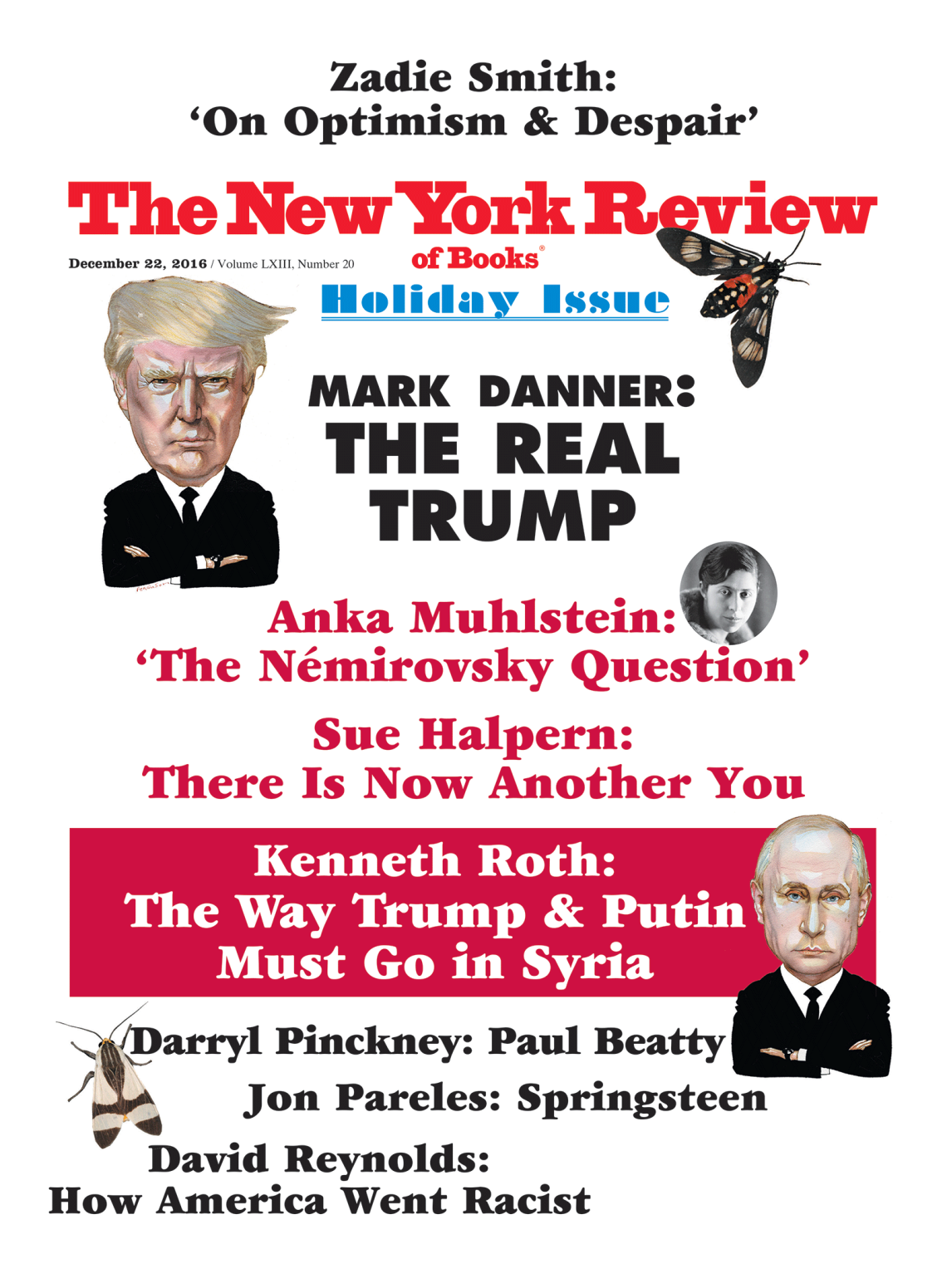In response to:
The Quiet Power of Maya Lin from the September 29, 2016 issue
To the Editors:
My book, Memorials to Shattered Myths: Vietnam to 9/11, was one of three books mentioned by Martin Filler in his article “The Quiet Power of Maya Lin” [NYR, September 29]. He takes issue with what he perceives as my “assertion that the design is somehow evasive about the true nature of the war and inevitably mistaken for an actual burial ground.” I discuss Maya Lin’s sculpture in a chapter entitled “The Vietnam Veterans Memorial: A Symbolic Cemetery on the National Mall.” This chapter discusses the practice, present from the start, of people leaving objects at its base as if they were in a cemetery; in no way do I suggest that the memorial was mistaken for one.
The chapter concludes:
The Wall signaled a shift of emphasis from honoring the war dead by valorizing and validating the war in which they lost their lives to paying tribute only to their service. Indeed, the symbolic cemetery implicit at the Vietnam Veterans Memorial could be read as an attempt to bury both the undeclared war (there is no mention of the war even in the title of the memorial) and its challenge to a concept of national identity that defines the US as a winner of righteous wars. This focus on the dead, together with the form of the Wall itself, conflated memorials and cemeteries—thereby diverting national memory from the war itself to its immediate victims.
Harriet F. Senie
City College of New York
The Graduate Center
New York City
Martin Filler replies:
I feel justified writing that Professor Senie’s book gives the impression that the Vietnam Veterans Memorial is “inevitably mistaken for an actual burial ground” when she characterizes “the symbolic cemetery implicit” there. Furthermore, despite her excellent discussion of the recent trend in memorials to mass disasters toward focusing on individual victims, I doubt that many visitors to Maya Lin’s masterpiece are untouched by the cumulative power of all the names inscribed on it, even if they have not personally known one of the fallen. Nor do I find persuasive the author’s assertion that Lin’s design presents a “challenge to a concept of national identity that defines the US as a winner of righteous wars,” an attitude shared by veterans’ groups who wanted a more traditional monument.


